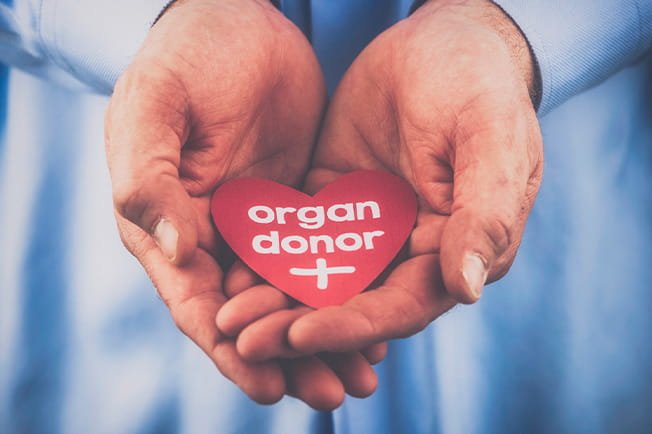Whole body donation represents one of the most significant contributions an individual can make to medical education and scientific advancement. This selfless act provides invaluable resources for medical schools, research institutions, and healthcare professionals who rely on anatomical study to develop life-saving treatments and train the next generation of physicians. Understanding the process, requirements, and impact of whole body donation can help individuals make informed decisions about this profound gift to humanity.
The Critical Role of Body Donation in Medical Education
Medical education fundamentally depends on anatomical study using donated human bodies. Despite advances in virtual reality and simulation technology, direct examination of human anatomy remains irreplaceable for training competent physicians, surgeons, and other healthcare professionals. Medical students gain essential understanding of anatomical variation, tissue characteristics, and spatial relationships that cannot be replicated through digital models or textbooks alone.
Surgical training particularly benefits from whole body donation, as residents and experienced surgeons practice complex procedures on donated bodies before performing them on living patients. This practice significantly improves patient outcomes by allowing surgeons to refine techniques, understand anatomical challenges, and develop expertise in a controlled environment. Specialized surgical procedures, including neurosurgery, cardiac surgery, and orthopedic interventions, rely heavily on this training approach.
Research applications extend far beyond basic education, encompassing studies of disease progression, treatment effectiveness, and medical device development. Donated bodies contribute to breakthrough research in areas such as Alzheimer’s disease, cancer treatment, and surgical innovation. These research efforts directly translate into improved patient care and enhanced quality of life for countless individuals.
Requirements and Eligibility for Donation
Whole body donation programs maintain specific criteria to ensure donated bodies serve educational and research purposes effectively. Age requirements typically range from 18 to 85 years, though some programs accept donors outside these limits depending on individual circumstances and program needs. Body mass index restrictions often apply, as extremely high or low BMI can complicate preservation and educational use.
Medical history considerations include infectious diseases, certain cancers, and conditions that significantly alter anatomy. Programs generally exclude individuals with hepatitis, HIV, tuberculosis, and other communicable diseases due to safety concerns for students and researchers. Recent surgeries, amputations, or extensive medical interventions may also affect eligibility, though these factors are evaluated case-by-case.
Geographic proximity plays a crucial role in donation feasibility, as transportation costs and logistical challenges can limit program participation. Finding local programs and services can be made easier by searching online for “whole body donation near me.” Most reputable programs serve specific geographic regions and provide clear information about service areas and transportation arrangements.
The Donation Process and Family Considerations
Pre-registration represents the first step in whole body donation, requiring completion of detailed paperwork, medical history documentation, and legal consent forms. Donors typically receive identification cards and program contact information to ensure smooth coordination when the time comes. Family members should be informed about donation plans and provided with program contact information to facilitate the process.
Upon death, families must contact the donation program immediately, as timing is critical for successful body preservation. Programs provide 24-hour contact numbers and clear instructions for family members during this difficult time. Transportation arrangements are typically handled by the donation program, relieving families of logistical burdens while ensuring proper handling of the donated body.
The preservation process uses embalming techniques specifically designed for long-term anatomical study rather than traditional funeral presentation. Bodies are preserved using formaldehyde-based solutions that maintain tissue integrity for months or years of educational use. This process differs significantly from funeral home embalming and requires specialized facilities and expertise.
Program Types and Selection Considerations
University-based programs typically operate through medical schools and dental schools, focusing primarily on student education and faculty research. These programs often provide the most comprehensive services and have established relationships with local funeral homes and transportation providers. State university programs may offer services to residents at reduced or no cost to families.
Private anatomical donation companies have emerged as alternatives to university programs, often providing more flexible acceptance criteria and enhanced family services. These companies typically sell preserved specimens to educational institutions and research facilities, generating revenue that supports program operations and family services. However, individuals should carefully research these companies to ensure ethical practices and appropriate use of donations.
Religious and cultural considerations may influence program selection, as some organizations accommodate specific religious practices or cultural preferences. Families should discuss these considerations with program representatives to ensure donation aligns with personal beliefs and family wishes.
Making an Informed Decision
Whole body donation requires careful consideration of personal values, family preferences, and practical implications. Unlike organ donation, whole body donation typically precludes traditional funeral services and burial, though many programs return cremated remains to families after completion of educational use. This timeline can range from several months to several years depending on program needs and research requirements.
Alternative memorial options include celebration of life services, memorial donations to medical research, and participation in program recognition ceremonies that honor donors’ contributions. Many programs hold annual memorial services that acknowledge donors’ gifts and provide closure for families while celebrating the educational impact of their loved ones’ donations.
The decision to pursue whole body donation represents a lasting legacy that continues benefiting humanity long after death. By advancing medical knowledge and training healthcare professionals, donors contribute to improved patient care and medical breakthroughs that save countless lives.

